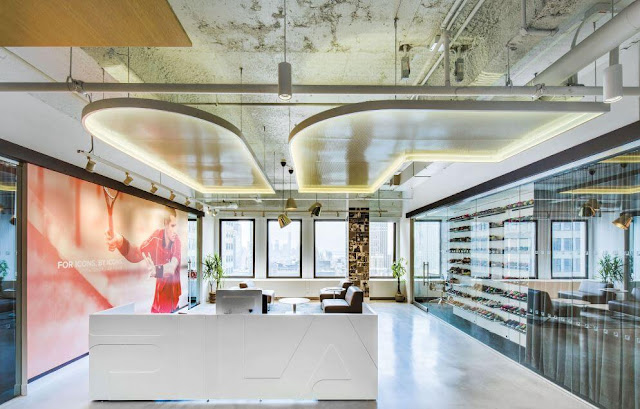Creating a Comfortable and Healing Environment: The Latest Trends in Healthcare Interior Design
Healthcare interior design plays a critical role in creating a comfortable and healing environment for patients and staff. The design of a healthcare facility can have a significant impact on patient outcomes, staff satisfaction, and even the overall success of the facility. In this blog post, we'll discuss some of the latest trends in healthcare interior design and how they can be used to create a comfortable and healing environment.
One of the latest trends in healthcare interior design is the use of natural elements. The incorporation of natural materials, such as wood, stone, and plants, can help to create a soothing and calming environment for patients and staff. Natural light, where possible, is also important for creating a comfortable and healing environment. Large windows or skylights can help to bring natural light into the space, and can help to improve patient outcomes and staff satisfaction.
Another trend in healthcare interior design is the use of biophilic design. Biophilic design is an approach that incorporates elements of nature into the built environment. It can help to reduce stress and anxiety in patients and staff, and can improve overall well-being. Biophilic design can be incorporated through the use of plants, natural materials, and even water features such as fountains or water walls.
Another important aspect of healthcare interior design is the incorporation of technology. Technology can be used to improve patient outcomes and staff satisfaction, and can make the healthcare facility more efficient and effective. For example, wireless technology can be used to enable staff to easily access patient information, and interactive kiosks can be used to help patients navigate the facility.
Creating a variety of different spaces within the healthcare facility is also important. Patients have different needs, and providing a variety of spaces can help to create a comfortable and healing environment. For example, quiet spaces for individual work, open spaces for collaboration, and casual spaces for socializing, can all help to create a space that is suitable for different tasks and activities.
Finally, it's important to keep in mind the overall aesthetic of the healthcare facility. The design should reflect the facility's mission and values, and should create a sense of identity and pride. Using elements that reflect the facility's mission and values, such as incorporating local or cultural elements, can help to create a space that is both visually appealing and functional.
In conclusion, creating a comfortable and healing environment is essential in healthcare interior design. By incorporating natural elements, biophilic design, technology, a variety of spaces and considering the overall aesthetic, it's possible to create a space that supports the goals of the facility and improves the well-being of patients and staff. With the help of a professional healthcare interior designer, you can ensure that your healthcare facility is designed to meet the needs of patients and staff, and to create a comfortable and healing environment.


%20(1).jpg)
Comments
Post a Comment